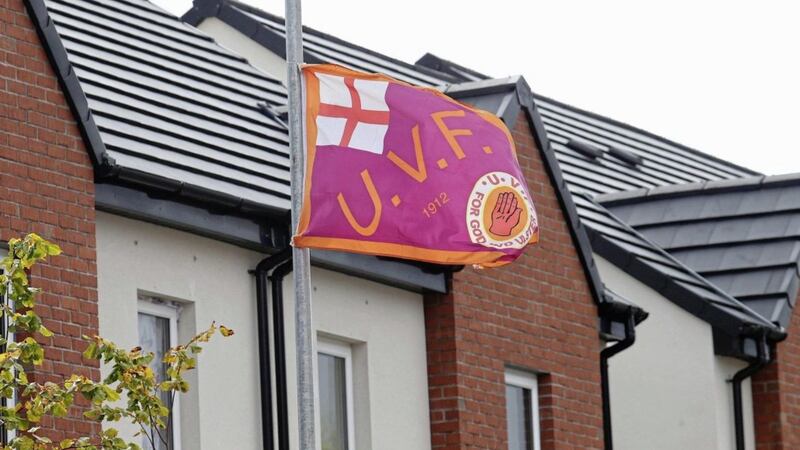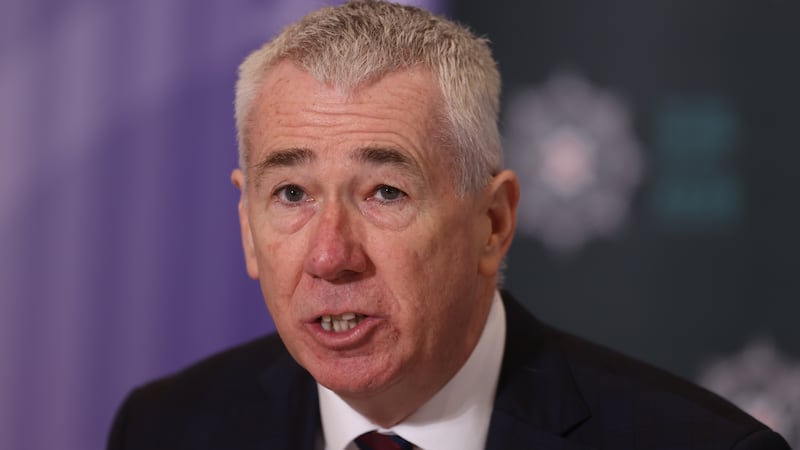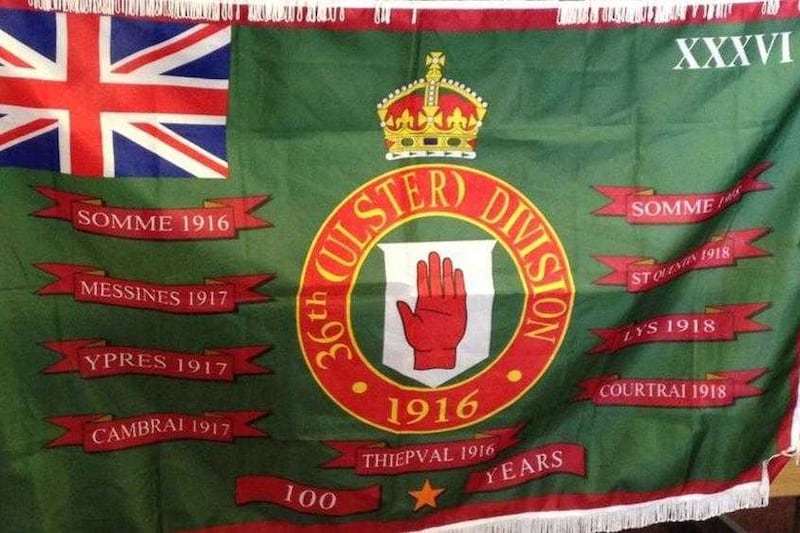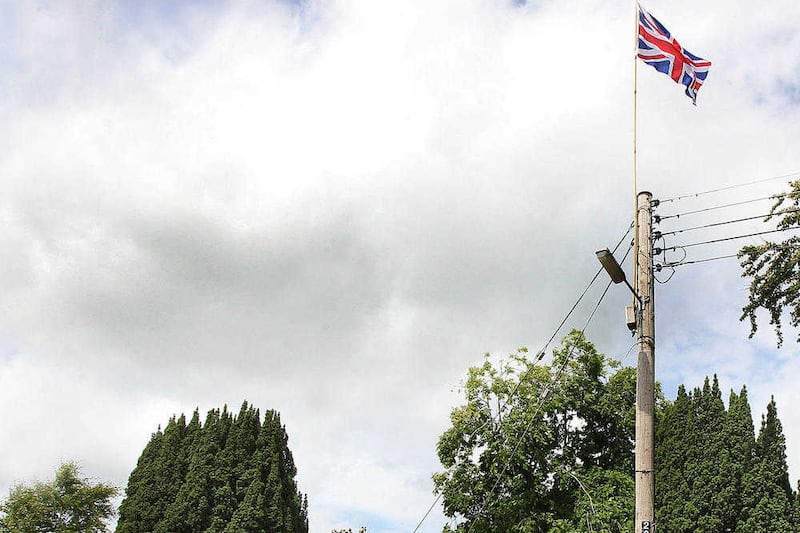FLAG protocols are not new - in the past there were fairly successful guidelines in place to limit the type and also times during which flags were displayed.
However, in December 2012 when Belfast City Council voted to only fly the Union flag on designated days, previous flags protocols fell victim to loyalist anger that spilled out onto the streets.
Any agreements on the flying of loyalist and Union flags were abandoned and paramilitary emblems were once again used to mark out territory and intimidate residents in contested and interface areas.
East Belfast was the hub of the flag protests and so it will surprise many that it is this area of the city that has been the first to agree a new protocol, the terms of which are detailed in this newspaper with comments from the recently-formed East Belfast Community Initiative.
It is no secret that the community group is close to the thinking of the leadership of the east Belfast UVF.
Hardline faction of UVF agrees flags protocol
With the continuing fracturing of loyalism, east Belfast loyalists were seen very much in the non-conforming 'bad UVF' camp, a more radical and militant faction of the organisation.
So for the organisation to take the lead in implementing a flags protocol will undoubtedly put pressure on other areas to publish similar proposals and, more to the point, abide by the terms laid out.
Flags, parading and bonfires have all proved challenging areas. Many have tried and failed to bring about workable solutions to the complex problems.
With last year the quietest summer in decades in relation to parading, this move by loyalists in east Belfast could see the 'heat' now taken out of the flags issue.
There has been much talk of nationalist and unionist outreach in recent months and that must include respecting each other's culture in a peaceful and non-aggressive way. This document is an important step towards that.
The protocol agreed by the east Belfast UVF is unlike previous aspirational statements from loyalist groups in that it comes with an assured commitment.
It will be welcomed by many, but also turns up the heat in terms of other, at times publicly-funded loyalist groups who have until now been unable to deliver such a comprehensive strategy.







